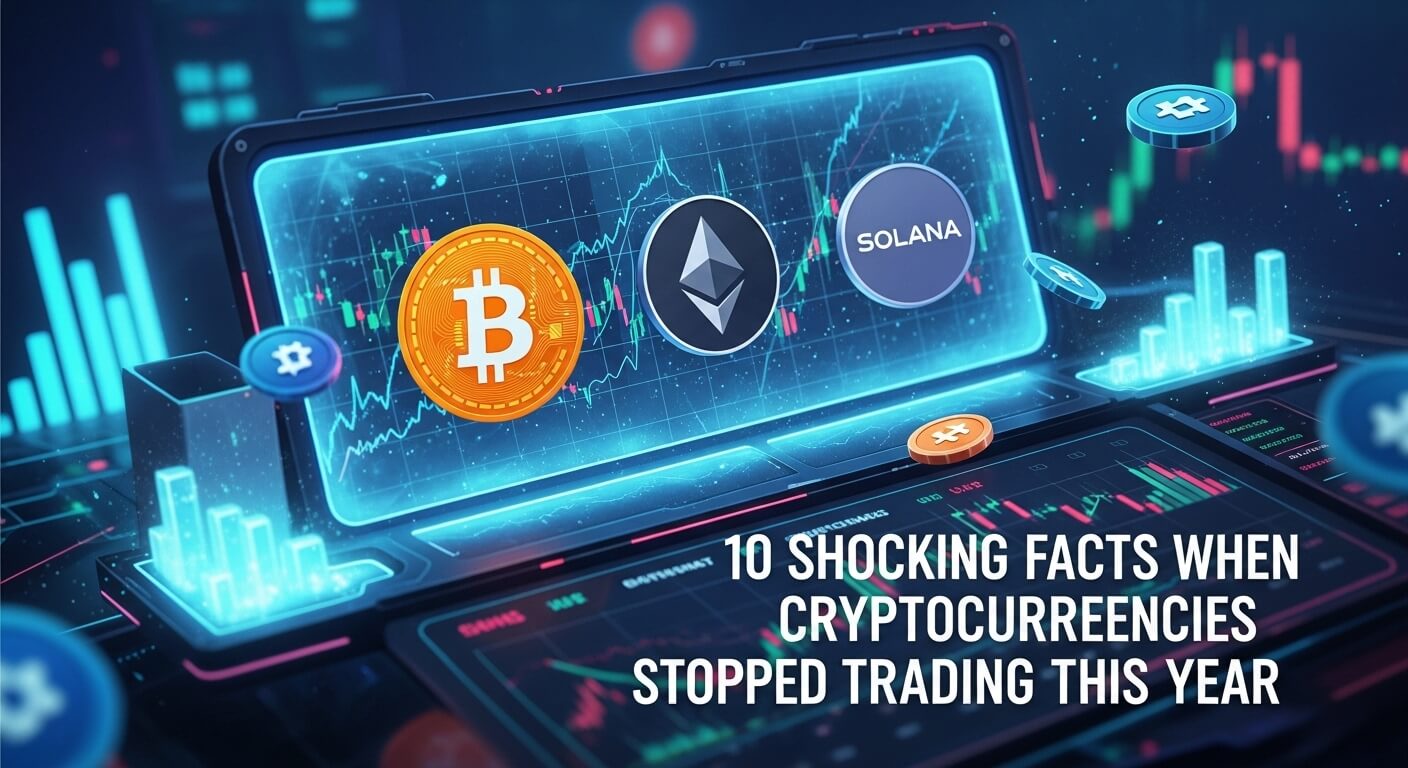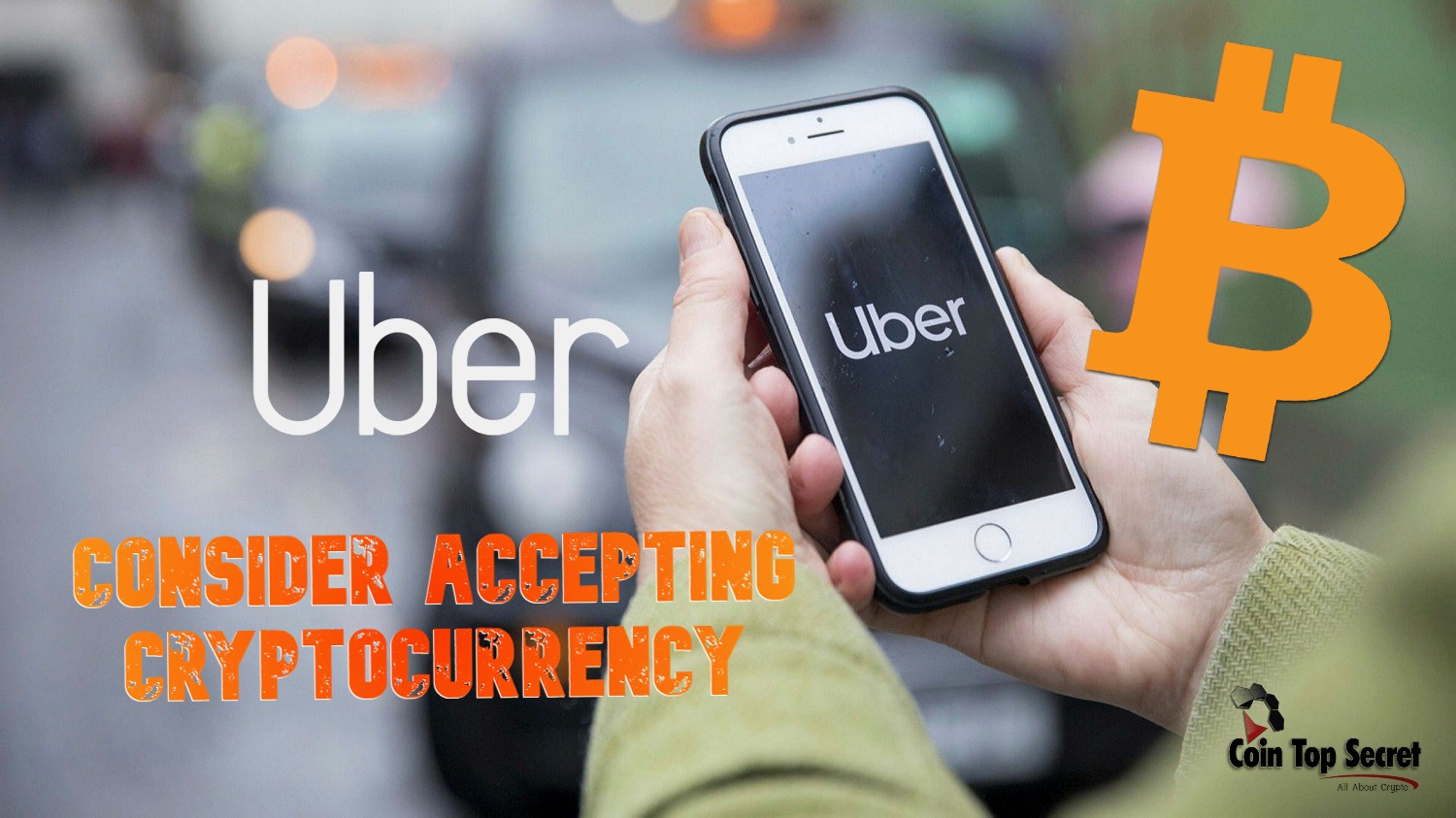When people say “cryptocurrencies stopped trading this year”, they’re not just talking about a price drop. They mean that one or more digital tokens or assets ceased to have any active market—no buyers, no sellers, often no exchange listing. This is a serious red flag in the crypto world.
The phenomenon touches on several issues: failed projects, regulatory clamp-downs, exchanges pausing listings, or liquidity drying up entirely. With the crypto market maturing but still volatile, trading halts highlight how fragile many tokens remain.
In this article, we’ll explore the scale of the issue, the causes, the implications, and what it means for investors. We’ll use data showing how many tokens are no longer traded, look at real-world examples, and draw lessons you can apply whether you’re a seasoned crypto investor or just curious about the space.
2. How Many Cryptos Actually Stopped Trading
The sheer number of tokens that have ceased trading is staggering. According to research by CoinGecko, of nearly 7 million cryptocurrencies listed on GeckoTerminal since 2021, around 3.7 million have since stopped trading and are considered failed. That’s about 52.7 % of the total. CoinGecko
Furthermore, in 2025 alone, 1.821 million projects failed, nearly half of all the failures since 2021. CoinGecko
Why is this happening? Some of the main drivers include:
- Pump & dump or “meme-token” launches that never establish a viable community or utility.
- Lack of liquidity and no active trading volume, meaning exchanges delist them.
- Regulatory actions where tokens are deemed unregistered securities and trading is forced to halt.
- Technical failures or fraud, where projects vanish or disappear.
The fact that more than half of all coins listed in recent years are already “dead” or inactive shows just how high the risk is when someone says a cryptocurrency stopped trading this year. It underscores the need for caution and due-diligence.
3. Major Exchanges & Market Makers Pausing Trading
It’s not just tokens that stop trading — sometimes the platforms or market-makers behind them pause activity. For example:
- The market-maker Wintermute reportedly stopped trading for a short time during a flash-crash liquidation event (over US$19 billion wiped out) because its internal risk rules were broken. Decrypt+1
- For investors, when a big market-maker or exchange halts activity, liquidity disappears and spreads widen, making it hard to buy or sell tokens.
These halts are often not permanent, but temporary pauses highlight how even “active” tokens or platforms can fail. It means that “stopped trading” doesn’t always mean forever — but it does mean you’re in a risk zone.
4. Regulatory Triggers for a Trading Stop
One of the key reasons for trading stops is regulation. When a token or platform falls foul of laws, trading may be halted or delisted. Some relevant points:
- Regulators in various countries are treating many tokens as unregistered securities, forcing platforms to delist or stop trading.
- Exchange action: For example, one firm settled with the U.S. Securities and Exchange Commission (SEC) and agreed to stop offering nearly all cryptos in the U.S. market. Reuters
- Project failures: With token issuers disappearing or admitting fraud, exchanges may freeze trading to protect themselves/clients.
If you hear that a cryptocurrency “stopped trading this year”, investigate whether regulatory issues caused it. That kind of stop tends to be more permanent and more risky than a temporary technical pause.
5. Technology & Liquidity Issues
Beyond regulation, technology and liquidity are common causes:
- A token may have no active users or trades, so markets vanish and it becomes unlisted.
- Exchange technical problems (wallet hack, security breach) may force trading to halt.
- Low-volume tokens become illiquid: bids and offers disappear, making it pointless to trade.
- Market-maker withdrawal (see Section 3) can crash liquidity for certain tokens.
These issues are less “dramatic” than a regulator banning trading — but the effect is similar: the market for a token disappears. For retail investors, that can mean being stuck with a token you can’t sell at any meaningful price.
6. Investor Impacts & Market Psychology
When a cryptocurrency stops trading, the impact on investors can be harsh:
- Frozen liquidity: You may own a token but cannot sell, or selling may require huge discounts.
- Loss of value: If no one is trading, the token may lose almost all its value.
- Psychological stress: Knowing you’re holding a dead or illiquid asset is distressing; many investors bolt out of fear.
- Market contagion: One token’s stop-trading event may spill into others, damaging confidence in the broader market.
It’s important to remember: even popular and well-known tokens aren’t immune to shocks. Plus, retail investors often hold lower-tier tokens that are far more vulnerable.
7. Examples of Tokens That Stopped
While large “blue-chip” cryptos like Bitcoin and Ethereum remain actively traded, a huge number of smaller tokens have ceased trading this year.
For instance:
- According to CoinGecko, the 1.8 million tokens that failed in 2025 did so by last active trade date. CoinGecko
- Specific token examples are harder to single out publicly (because when they stop trading they often vanish), but the phenomenon is widespread.
If someone claims “my token stopped trading this year”, it may mean it was delisted, abandoned, or never maintained markets. Always check trading volume, exchange listings, and token project health.
8. How to Spot a Token At Risk of Stopping Trading
Here are some warning signs:
- Very low or declining trading volume — few buyers/sellers.
- Single exchange listing or soon-delisted — lack of broad support.
- Lack of developer activity or community — signals project abandonment.
- Token listed in regulatory “grey zone” — e.g., unregistered security or jurisdictional risk.
- Lack of transparency — no clear utility, roadmap, or updates.
- Market-maker or liquidity provider withdraws — swift impact on tradability.
If you spot these, take them seriously — the “stop trading” risk may be real.
9. What This Means for the Broader Crypto Market
Here are some broader implications:
- The fact that more than half of tokens listed since 2021 have failed and stopped trading signals the speculative and high-risk nature of many crypto projects. CoinGecko
- It raises questions about market sustainability, investor protection, and the role of regulation.
- It may erode trust amongst retail investors — if many tokens can die and stop trading, people might become more risk-averse.
- On the flip side, this “weed-out” process might strengthen the market by leaving fewer, more viable projects behind.
In short: when you hear “cryptocurrencies stopped trading this year”, it isn’t just a headline — it’s a symptom of a maturing, turbulent market.
10. How to Protect Yourself
Here’s what you can do as an investor:
- Stick to tokens with high liquidity and strong exchange listings.
- Research project fundamentals — team, utility, roadmap, community.
- Avoid hype-only tokens without clear use-case or backing.
- Monitor trading volumes and market-makers — if they vanish, risk rises.
- Use stop-loss or limit-orders, know your exit plan.
- Diversify — don’t have all your capital in one token that could stop trading.
- Stay informed about regulation in your country and where the token is listed.
These steps won’t eliminate risk, but will help you reduce the chance of being left with an untradeable asset.
11. Case Study: The Year’s Biggest Trading Halt
While there’s no singular global token that “everyone traded then stopped”, one telling statistic: the 1.8 million token failures in 2025 alone. CoinGecko
Consider how a token might go from listing → initial trading → lack of volume → delisting → zero market. That’s the trajectory many “dead coins” follow.
Another angle: when a market-maker like Wintermute pauses trading, liquidity vanishes fast and that can cascade into tokens being untradeable. Decrypt
Together, these micro-events create major macro-impact: a market where “trading stops” isn’t rare — it’s increasingly common.
12. Regulatory Outlook & Future Trading Stops
Regulators globally are paying more attention to the crypto market, meaning:
- More tokens may be assessed as unregistered securities and delisted or traded restrictions may apply.
- Exchanges may face increased oversight; trading halts may be initiated by regulators rather than just by markets.
- Investor protection rules may emerge, reducing the number of risky tokens listed.
For instance, the settlement of a major platform with the SEC shows the direction: such halts are not just market errors, but regulatory responses. Reuters
The key takeaway: trading-stops may become more frequent, but they could also help clean up the market.
13. Myths & Misconceptions
- Myth: “If a token stops trading, it’s gone forever.”
Reality: Sometimes trading halts temporarily and resume, but often value is severely impaired. - Myth: “Only obscure tokens stop trading.”
Reality: Even mid-tier projects can halt or be delisted if regulatory/market conditions change. - Myth: “It’s just about price drops.”
Reality: Trading stops mean no market activity — worse than a normal price crash. - Myth: “Centralised tokens won’t stop because they’re backed.”
Reality: Backing doesn’t guarantee tradability; liquidity and listing matter.
14. Frequently Asked Questions (FAQs)
Q1: What does it mean when a cryptocurrency “stops trading”?
A1: It means there are no active markets, no buyers/sellers, possibly delisted from exchanges — essentially you cannot easily trade the token.
Q2: Can a token resume trading after stopping?
A2: Yes, in some cases if relisted or revived — but usually trading volume remains very low, and value may be badly damaged.
Q3: How can I tell if my token is at risk of stopping trading?
A3: Look at trading volume, number of exchanges listed on, developer and community activity, regulatory status, and whether liquidity providers are present.
Q4: Are major cryptocurrencies at risk of stopping trading?
A4: Less likely, but not impossible — major tokens are more resilient, but if an exchange delists a token or liquidity dries up they can be impacted.
Q5: What happens to my holdings if a token stops trading?
A5: You may be stuck holding an asset you cannot sell, or can only sell at extremely depressed prices — value may go effectively to zero.
Q6: Does regulation cause tokens to stop trading more often now?
A6: Yes — as regulators push in, more tokens are flagged, delisted, or trading restricted. This increases the risk of stops in the future.
Q7: Is there any benefit to the market when many tokens stop trading?
A7: Yes — one could argue it filters out poor projects, leaving stronger ones, but it also increases investor risk and market volatility.
15. Conclusion
The statement “cryptocurrencies stopped trading this year” is more than a headline — it reflects a major structural risk within the crypto ecosystem. With over 50 % of tokens listed since 2021 already inactive and unrecoverable, the scale of this issue is striking. CoinGecko
Whether due to regulation, liquidity collapse, exchange or market-maker failure, technical issues, or outright project abandonment — trading stalls are real, painful, and impactful for investors.
The lesson is clear: when you invest in a cryptocurrency, you’re not just betting on price; you’re betting on tradability, liquidity, and ongoing project health. If any of those break, you could end up holding an asset you can’t sell.
Stay informed, do your homework, manage risk — because when a token stops trading, the consequences can be severe.




